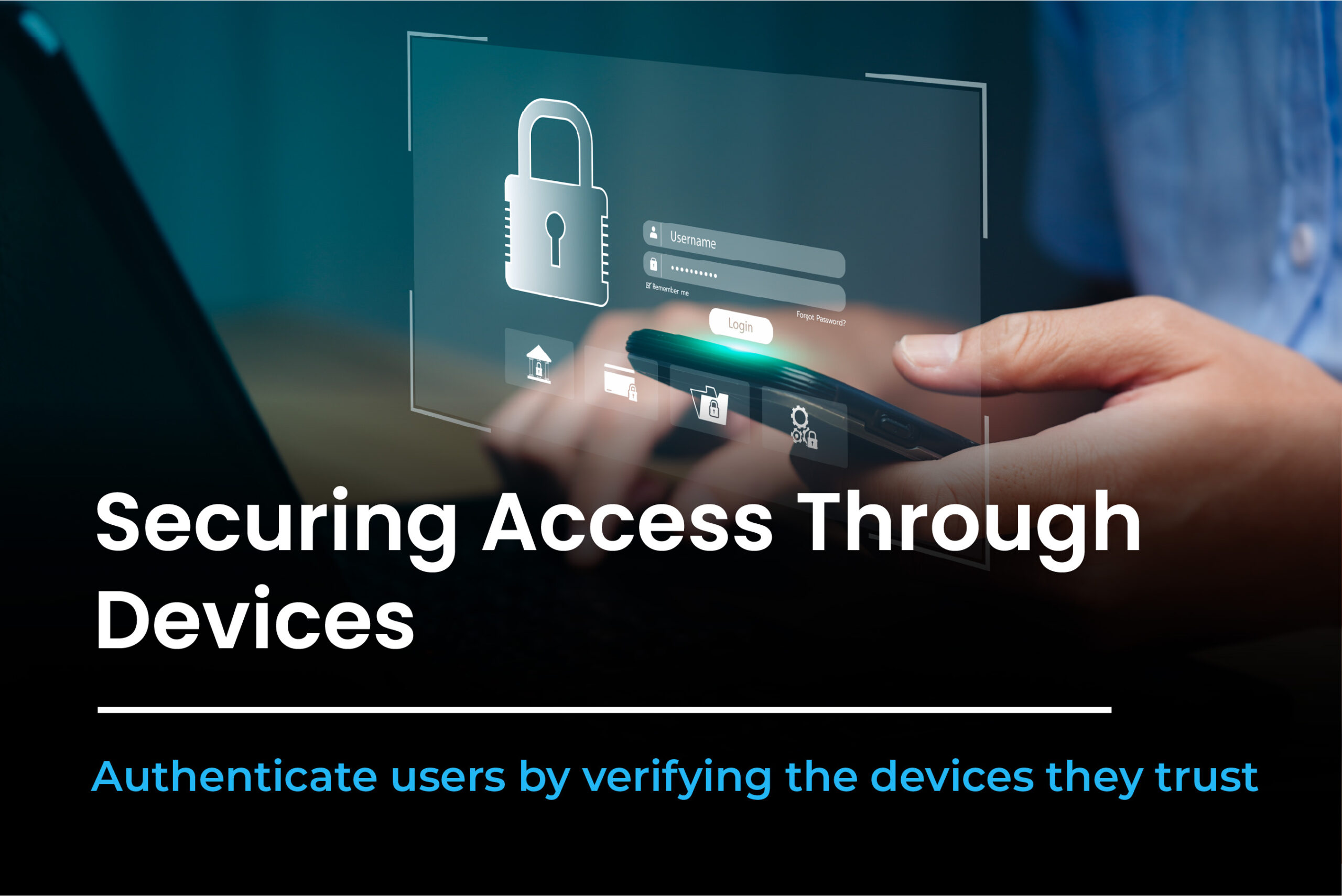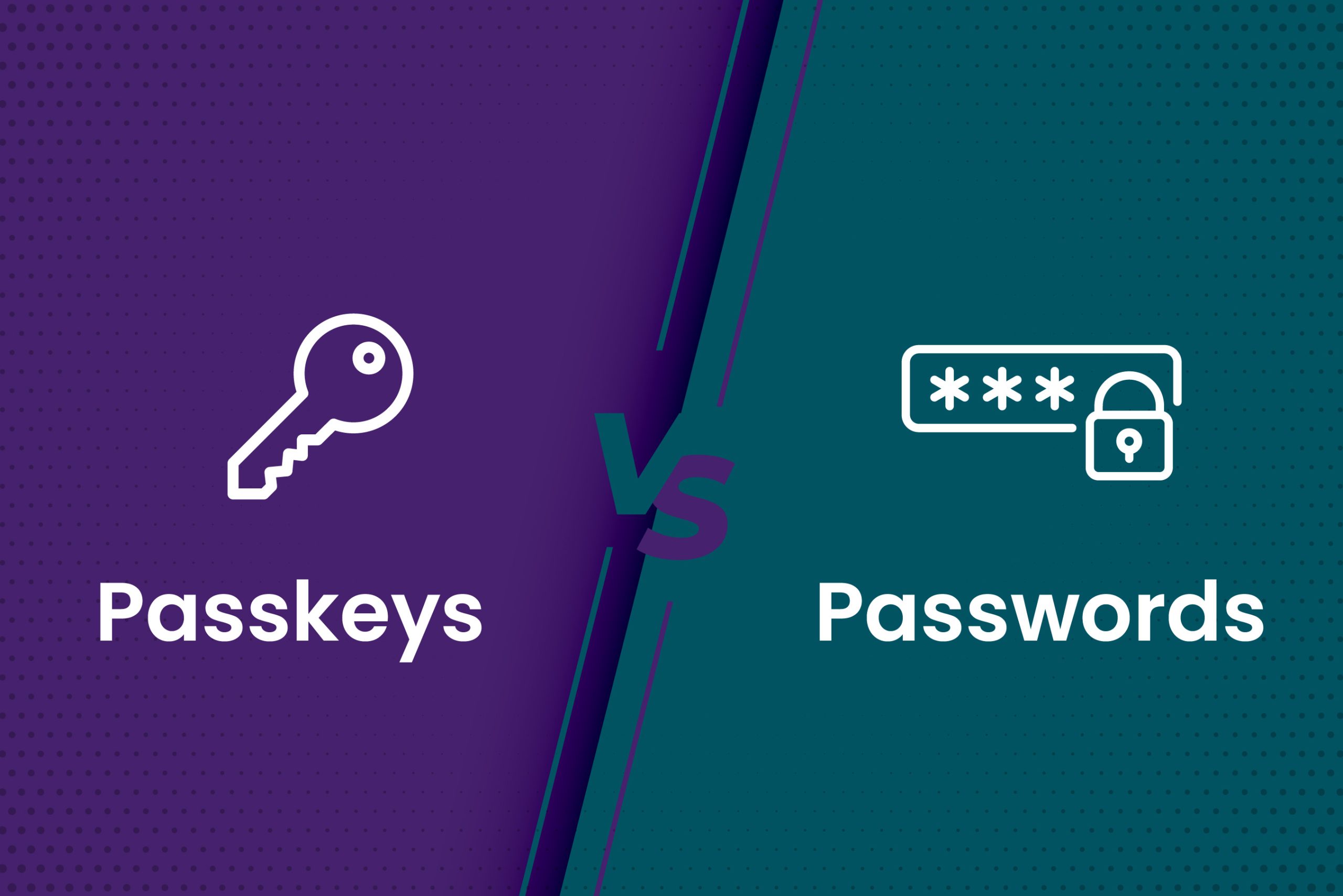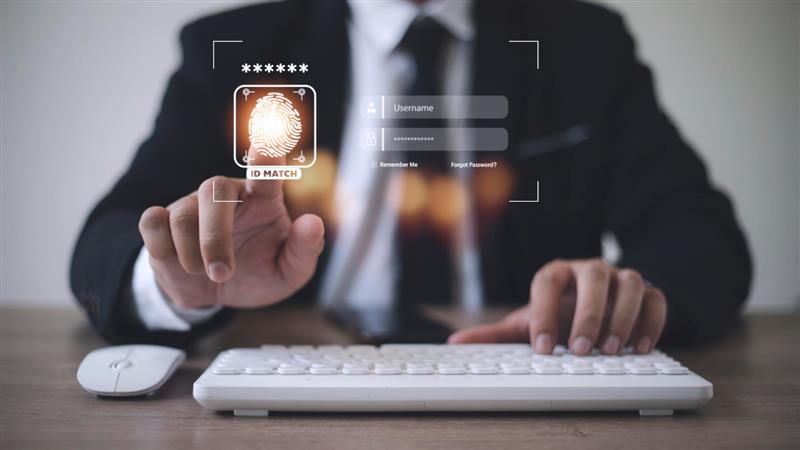Passwords are failing us. Phishing, reused credentials, and forgotten passwords cost time and money. For many organizations, the smarter path is to recognize the devices people already carry and use them as reliable identity signals. In this article, we will explore device authentication, why it matters, how to implement it safely, and how it fits into a layered security strategy.
Why Device Signals are the Foundation of Modern Security?
Users prefer fast, simple sign-ins, but security teams also worry about fraud and account takeovers. Device-based authentication provides a possession signal that is hard to fake and easy to use. Instead of relying on complex passwords, the system checks whether the device presented at sign-in is one that has been previously trusted.
A strong device signal reduces friction and lowers support costs. It helps answer questions such as: Is this the same phone that enrolled last week? Has this laptop been exposed or altered? Properly implemented, device authentication reduces password resets, prevents fraud, and improves customer conversion rates.
What is Device Authentication and How Does It Work?
You may hear different phrases in the market. Some vendors call it trusted-device login, others call it contextual authentication. At its core, what is device authentication? It is the process of verifying the identity and trustworthiness of a device before granting access. It does not replace user authentication. Instead, Device authentication complements passwords, biometrics, and multi-factor checks to form a layered defense.
Do not think of device checks as a silver bullet. Attackers can try to spoof attributes or compromise devices. The point is to combine device signals with other signals, such as location and behavior, to make better decisions. When we combine signals, Device based authentication becomes durable and functional even when individual signals are imperfect.
Core Elements of a Robust Device Strategy
Building strong device authentication starts with a clear framework. It’s not just about the tools you choose but how you govern devices across their entire lifecycle:
- Enrolment and Registration: Securely link a device to a user during onboarding, ensuring the device is verified before it’s trusted.
- Ongoing Trust Maintenance: Use attestation and integrity checks to confirm the device hasn’t been tampered with.
- Data Management: Store device identifiers and trust metadata securely to prevent leaks or manipulation.
- Continuous Monitoring: Track anomalies such as unusual geolocation, sudden configuration changes, or new device fingerprints.
- Lifecycle Controls: Retire, re-enrol, or revoke trust when devices are lost, replaced, or compromised.
A strong strategy ensures devices remain reliable identity signals over time, reducing risk and limiting support overhead.
Primary Device Authentication Methods to Deploy
Once the foundation is in place, organizations must choose the right methods to turn strategy into action. These approaches define how a device actually proves its identity in real-world scenarios.
- Certificate-Based Authentication: Uses cryptographic certificates to prove a device’s identity in secure communications.
- Device Fingerprinting: Captures unique attributes like hardware specs, OS version, or network identifiers for recognition.
- Tamper and Integrity Checks: Detect jailbroken or rooted devices before granting access.
- Device-to-Device Authentication: Enables trusted handshakes between devices in the same ecosystem.
- Biometric Tie-Ins: Links device trust with biometric factors, combining possession with inherence.
These methods put the strategy into action, giving security teams flexibility in balancing user experience and fraud prevention.
How Attackers Try to Defeat Device Checks?
Understanding attacker techniques helps you prioritize defenses. Common patterns include device ID spoofing, changing user-agent strings, installing tampering tools, and using rooted or jailbroken devices. Attackers also clone apps and create fake enrolment flows to register malicious devices as trusted. In one case we investigated, a fraud ring used repackaged apps to capture tokens from unsuspecting users. Because of these risks, Device authentication requires tamper detection and continuous monitoring to remain effective.
Using Location and Behavior to Strengthen Decisions
Location adds strong context to device signals. That mismatch should trigger higher scrutiny if a trusted device suddenly appears in a different country within minutes. Combining device posture, location signals, and behavioral patterns, such as typing or navigation speed, creates a risk score you can trust.
We often recommend a risk engine that assigns scores and maps them to actions: allow, step up for MFA, or block. This approach turns Device authentication into a force multiplier for fraud prevention.
Improving User Experience with Device Authentication
Security only works if people accept it. Good UX reduces friction while preserving safety. Consider remembering trusted devices for a defined window, offering push approvals for quick verification, and providing clear recovery steps for lost devices. When we roll out device-based flows, we design short onboarding screens that explain why the device will be used and how users can remove it later.
Using device to device authentication for initial pairing can improve the UX for multi-device users. For example, let a phone authorize a new desktop session through a QR code and a confirmation on the phone. This is fast and natural for users and preserves strong possession guarantees.
Policies, Privacy, and Compliance Considerations
Collecting device signals raises legitimate privacy concerns. Be transparent. Tell users what you collect, why, and how long you keep it. Limit collection to the necessary signals and apply proper retention and deletion rules.
For regulated industries, map your device program to standards such as HIPAA for healthcare and PCI for payments. Document your audit logs and provide an incident response plan for compromised devices.
Operational Metrics and KPIs
Measure outcomes, not just implementation. Track metrics such as:
- Authentication success rate for legitimate users.
- False positive rate where valid users face extra steps.
- Time to detect a compromised device.
- The number of fraud attempts is blocked due to device signals.
- Reduction in password reset tickets.
These KPIs tell you whether your Device authentication program improves security without harming the user experience.
When to Use Device-Based Authentication for Stronger Security
Device-based authentication shines when you need a possession factor that balances security and usability. Use it for mobile banking, privileged admin access, and customer flows that suffer from high fraud or password churn. For internal systems, pairing device-based authentication with MDM and endpoint detection gives you extra assurance.
Recovery and Incident Response
Plan for lost and compromised devices. When a device is reported lost, revoke tokens and certificates immediately and require re-enrolment. Maintain an automated revocation API so you can act fast at scale. In an incident, use logs to trace activity, revoke access, and notify affected users.
How to Get Started?
- Run a risk assessment to identify high-value use cases for Device authentication.
- Pilot with a small user group using token provisioning and attestation.
- Measure results, tune thresholds, and expand integration into conditional access policies.
If you are evaluating vendors, ask about attestation support, token lifecycle APIs, tamper detection, and how they fuse location with device signals. Also, the vendor must document privacy practices and provide clear logs for audits.
Interoperability and Device to Device Authentication Flows
Modern environments include managed and unmanaged devices. Integrate with MDM and EDR where possible for corporate endpoints. For consumer scenarios, support secure device to device pairing so people can approve logins from the devices they already use. When we design these flows, we ensure pairing requires user intent, cryptographic proof, and short-lived tokens.
Building a Strong Device Authentication Program
Device authentication is one of the most pragmatic steps teams can take to reduce fraud and improve user experience. It gives you a strong possession signal without the pain of passwords. However, please do not treat it as a single solution. Fuse device signals with location, behavior, and user factors to get a system that detects fraud, protects users, and scales with your business.
If you want help piloting a Device authentication program or testing device to device authentication flows, our experts at AuthX can walk you through an enrolment blueprint and a revocation playbook. When you are ready, we can also build test cases to simulate spoofing and tamper attacks, so your rollout is secure from day one.
FAQs
What is device authentication and why use it?
It verifies a device before granting access, adding a strong layer beyond passwords. This reduces account takeovers and enables smoother sign-ins.
Can attackers spoof device authentication?
Some device signals can be spoofed, but hardware keys and attestation make it harder. Strong setups always combine multiple signals.
How do we handle lost or stolen devices?
Revoke tokens and certificates immediately when a device is reported lost. Offer simple recovery steps to restore access securely.
Will device authentication violate user privacy?
Not if you collect minimal signals and stay transparent about usage. Clear policies keep you compliant with regulations.
Where should we start with device authentication?
Begin with hardware-backed keys or certificates on critical endpoints. Add fingerprinting and risk signals as your program matures.















